
The different fitting threads: presentation and correspondence table
Fittings are essential elements for assembling different components in a variety of industrial applications. They are designed to connect two parts in a watertight and safe way. However, there are several types of fitting threads, which can cause confusion when choosing the right fittings for your project. In this article, we will review the different types of fitting threads that exist in Europe and provide correspondence tables to make your choice easier.
Lexicon:
| BSP thread |
| NPT thread |
| Thread G |
| Threads IBC |
BSP thread:
The BSP (British Standard Pipe) thread, also called gas thread, is a tapered thread used mainly in the United Kingdom and other European countries. It is used for pipe fittings and hydraulic fittings. The BSP thread is characterized by its 55-degree conical angle and size indicated in inches.
Here is a correspondence table for BSP fittings, with male and female diameters in millimeters:
Male diameter (mm)| BSP | Female diameter (mm) | |
|---|---|---|
| 1/8" BSP | 9.73 mm | 9.05 mm |
| 1/4" BSP | 13.16 mm | 12.1 mm |
| 3/8" BSP | 16.66 mm | 15.4 mm |
| 1/2" BSP | 20.96 mm | 18.8 mm |
| 3/4" BSP | 26.44 mm | 24.1 mm |
| 1" BSP | 33.25 mm | 30.8 mm |
| 1 1/4" BSP | 41.91 mm | 39.3 mm |
| 1 1/2" BSP | 48.26 mm | 45.8 mm |
| 2" BSP | 59.44 mm | 56.5 mm |
| 2 1/2" BSP | 72.14 mm | 71.4 mm |
| 3" BSP | 84.84 mm | 83.9 mm |
| 4" BSP | 112.46 mm | 108.9 mm |
| 5" BSP | 137.56 mm | 133.9 mm |
| 6" BSP | 162.66 mm | 158.9 mm |
NPT thread:
The NPT (National Pipe Thread) thread is a tapered thread used primarily in the United States. It is used for pipe fittings, hydraulic fittings and pneumatic fittings. The NPT thread is characterized by its 60-degree tapered angle and size indicated in inches. Here is a correspondence table for NPT fittings, with male and female diameters in millimeters:
Male diameter (mm)| TPN | Female diameter (mm) | |
|---|---|---|
| 1/8" NPT | 9.73 mm | 9.25 mm |
| 1/4" NPT | 13.46 mm | 12.85 mm |
| 3/8" NPT | 17.09 mm | 16.51 mm |
| 1/2" NPT | 21.34 mm | 20.78 mm |
| 3/4" NPT | 26.67 mm | 26.11 mm |
| 1" NPT | 33.25 mm | 32.69 mm |
| 1 1/4" NPT | 41.91 mm | 41.33 mm |
| 1 1/2" NPT | 48.26 mm | 47.63 mm |
| 2" NPT | 60.33 mm | 59.69 mm |
| 2 1/2" NPT | 73.02 mm | 72.39 mm |
| 3" NPT | 85.73 mm | 85.02 mm |
| 4" NPT | 113.27 mm | 112.52 mm |
Thread G:
The G (Whitworth) thread, also called BSPP (British Standard Pipe Parallel) is a parallel thread used in Europe. It is used for pipe fittings and hydraulic fittings. The G thread is characterized by its right angle and size indicated in inches. Here is a correspondence table for G fittings, with male and female diameters in millimeters:
(mm)| G | Male diameter | Female diameter (mm) |
|---|---|---|
| 1/8" G | 9.73 mm | 9.72 mm |
| 1/4" G | 13.16 mm | 13.16 mm |
| 3/8" G | 16.66 mm | 16.66 mm |
| 1/2" G | 20.96 mm | 20.96 mm |
| 3/4" G | 26.44 mm | 26.44 mm |
| 1" G | 33.25 mm | 33.25 mm |
| 1 1/4" G | 41.91 mm | 41.91 mm |
| 1 1/2" G | 48.26 mm | 48.26 mm |
| 2" G | 59.44 mm | 59.44 mm |
| 2 1/2" G | 72.14 mm | 72.14 mm |
| 3" G | 84.84 mm | 84.84 mm |
| 4" G | 112.46 mm | 112.46 mm |
| 5" G | 137.56 mm | 137.56 mm |
| 6" G | 162.66 mm | 162.66 mm |
Thread of IBC fittings:
Intermediate Bulk Container ( IBC ) tank fittings are specific threaded fittings designed for IBC containers. IBC fittings are usually made from polypropylene and are designed for use with liquids and chemicals.
Here is a correspondence table for the threads of the most common IBC fittings, with dimensions in millimeters:
| Thread IBC | Male diameter (mm) | Net spacing |
|---|---|---|
| S60x6 | 60 mm | 6 mm |
| S80x6 | 80 mm | 6 mm |
| S100x8 | 100 mm | 8 mm |
| S75x6 | 75 mm | 6 mm |
| S92x4 | 92 mm | 4 mm |
| M80x3 | 80 mm | 3 mm |
In conclusion, it is important to understand the different types of fitting threads available to choose the one that best suits your project. BSP, NPT, G and IBC threads are the most commonly used types of threads in Europe. Each type of thread has unique specifications for dimensions and thread pitches, so it is important to check the exact specifications before using them to ensure a correct and watertight connection. The correspondence tables provided in this article can help simplify the selection and installation of fittings, but it is important to note that the exact dimensions may vary slightly depending on the manufacturer's specifications. Using the information provided in this article, you can select the right fitting thread type for your specific application, ensuring a reliable and tight connection.
Share this content

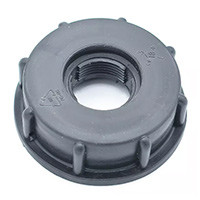
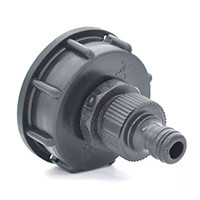

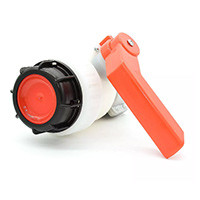

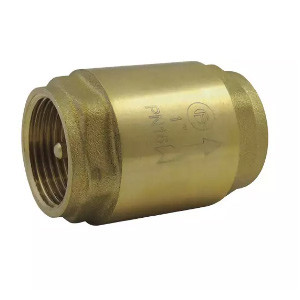
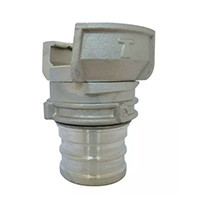
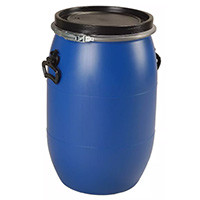
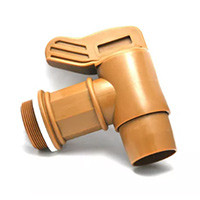
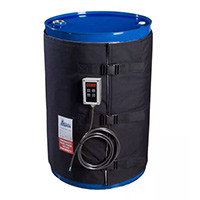
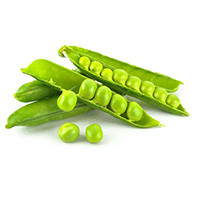

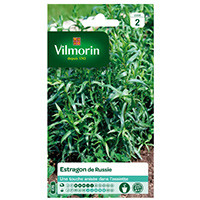

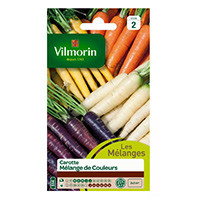



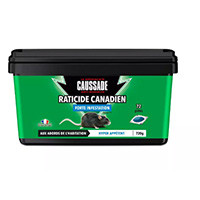
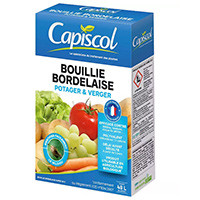
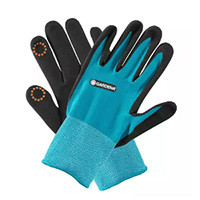
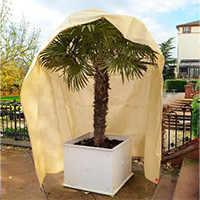
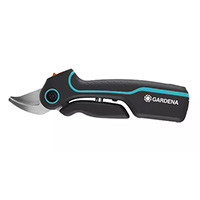

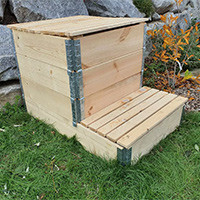
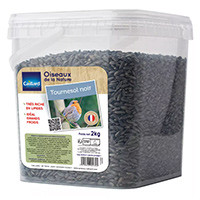
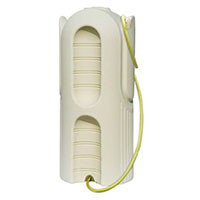
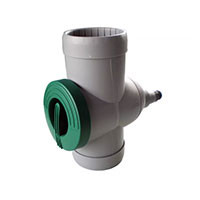
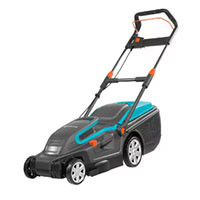
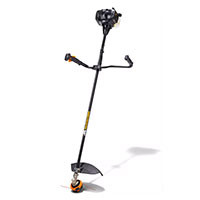
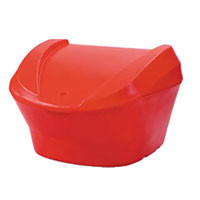
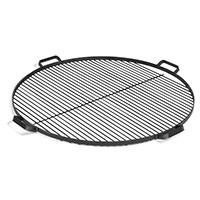
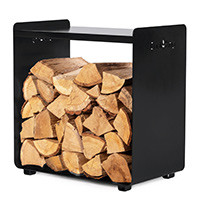
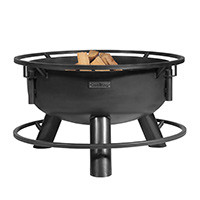
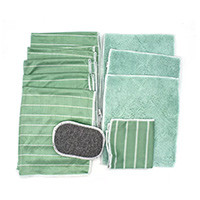
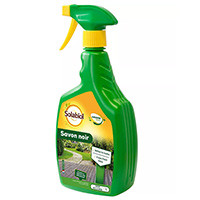

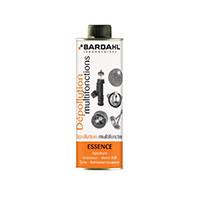
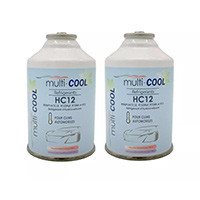
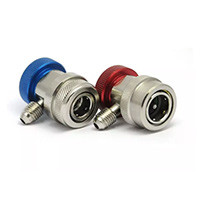

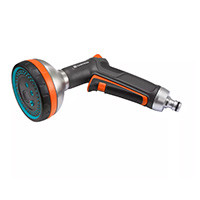
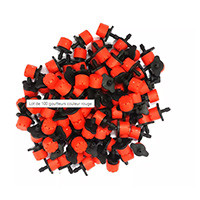

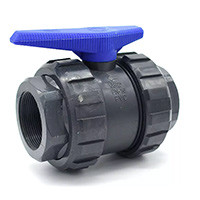
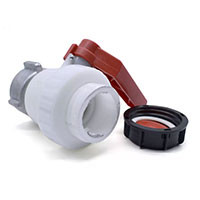
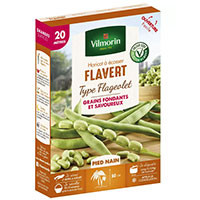
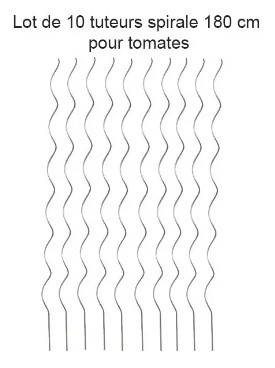
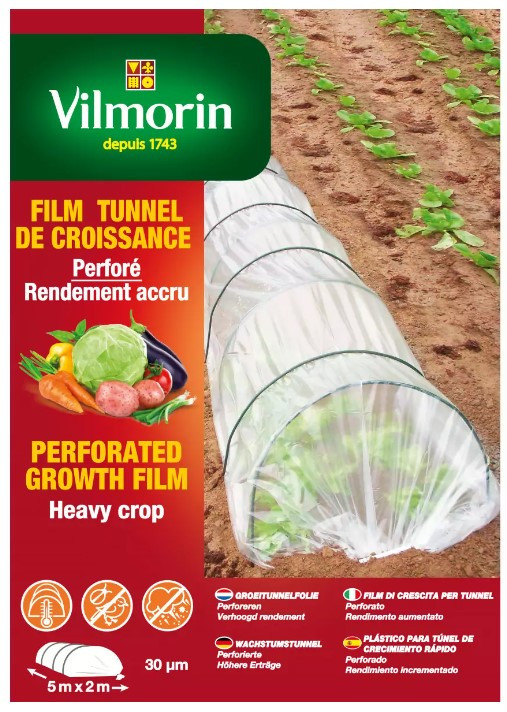
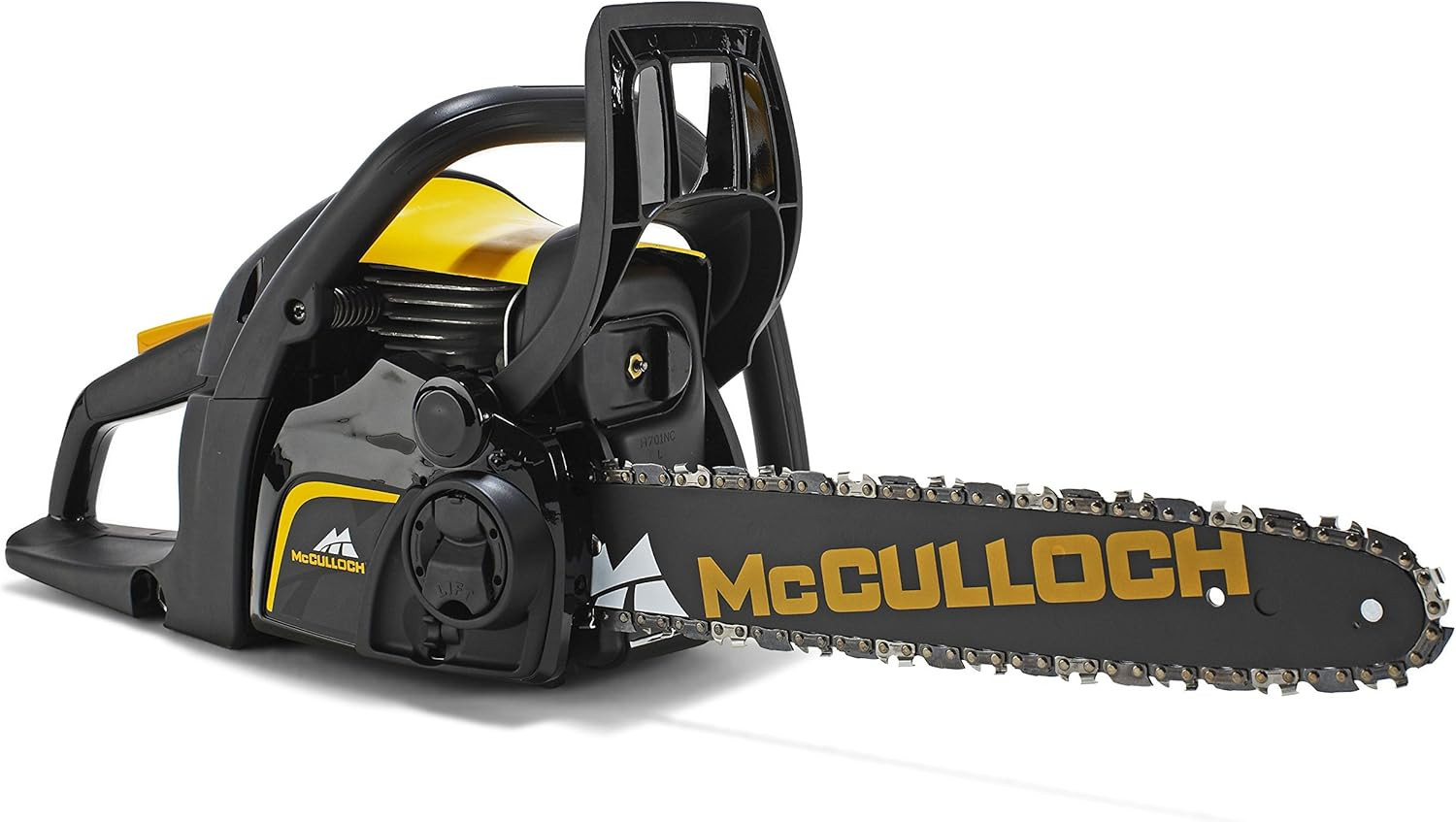
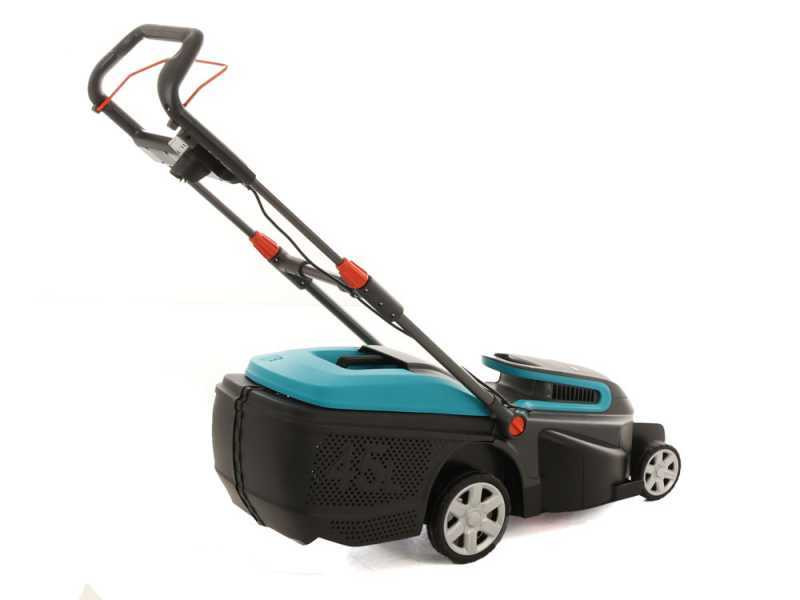

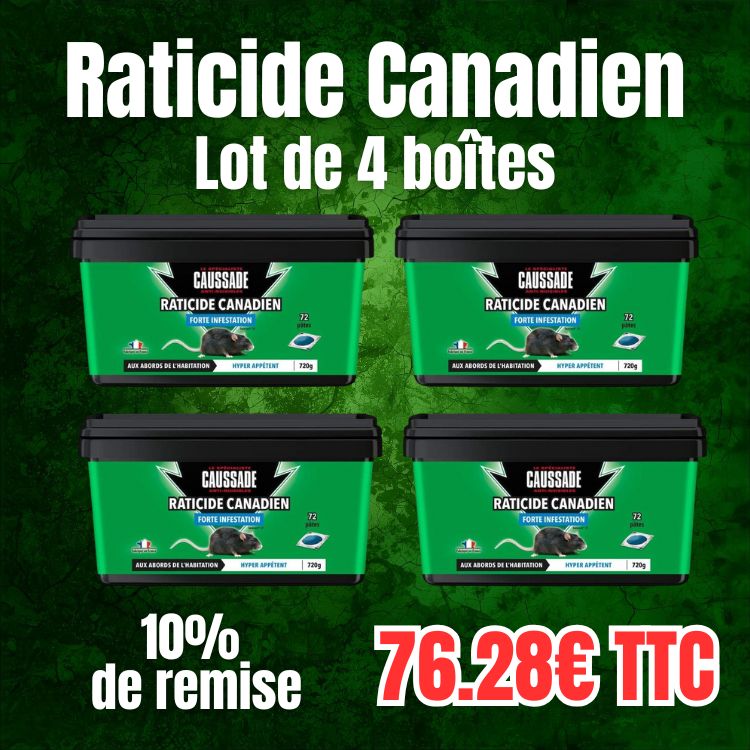

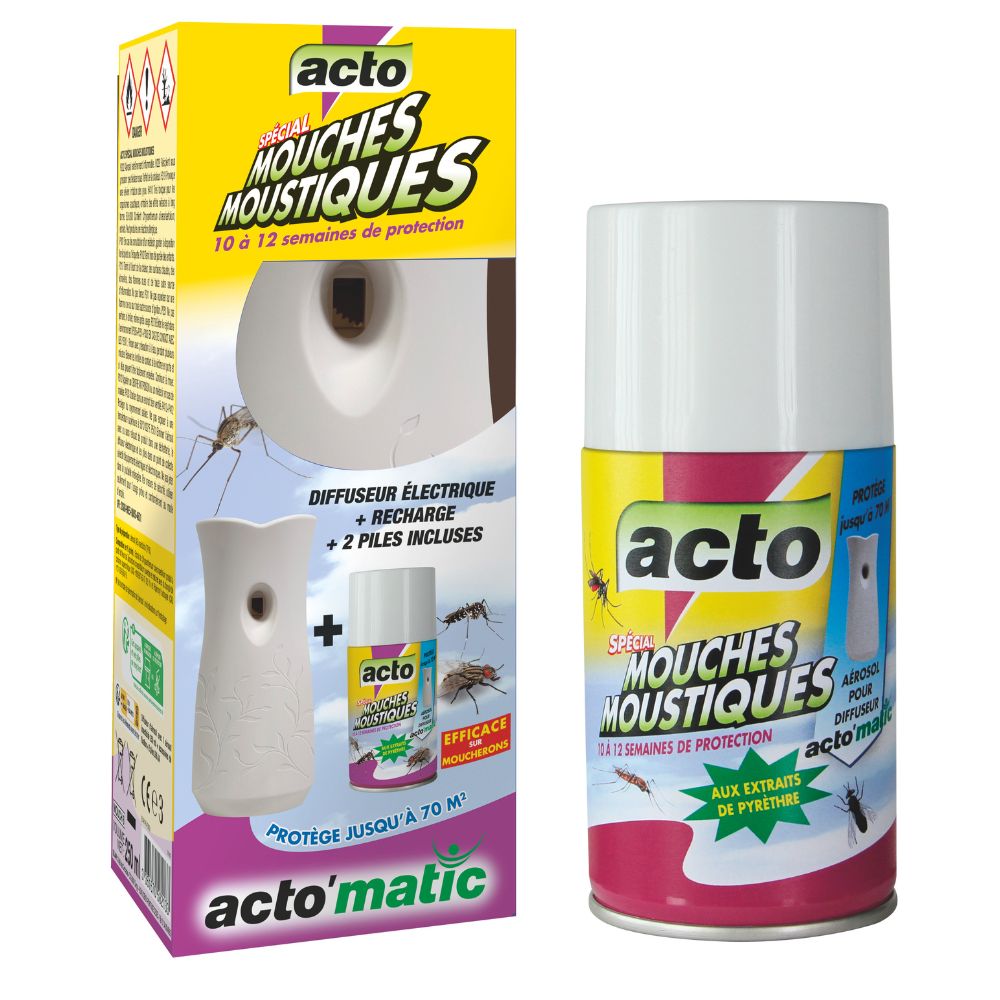
_688cc30f83e4e.jpg)
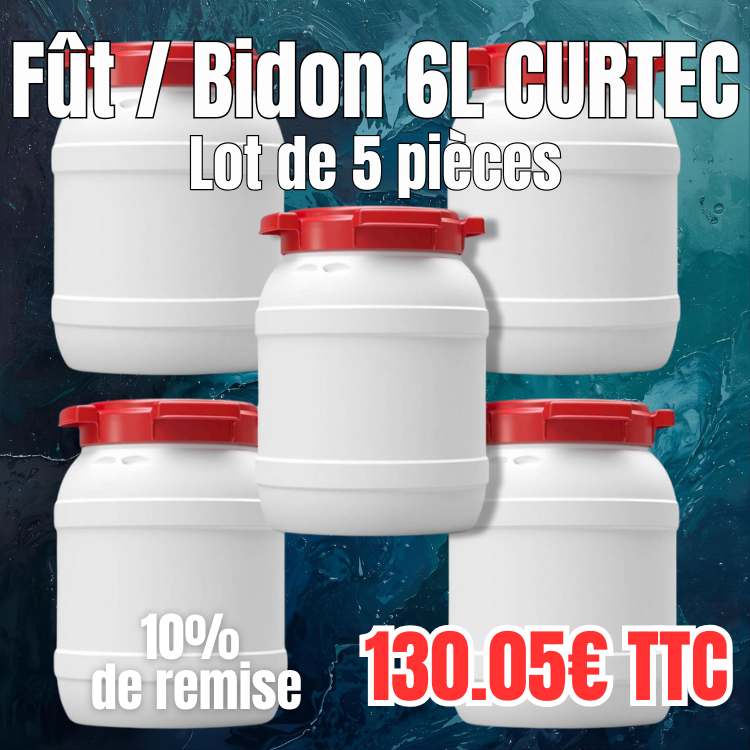
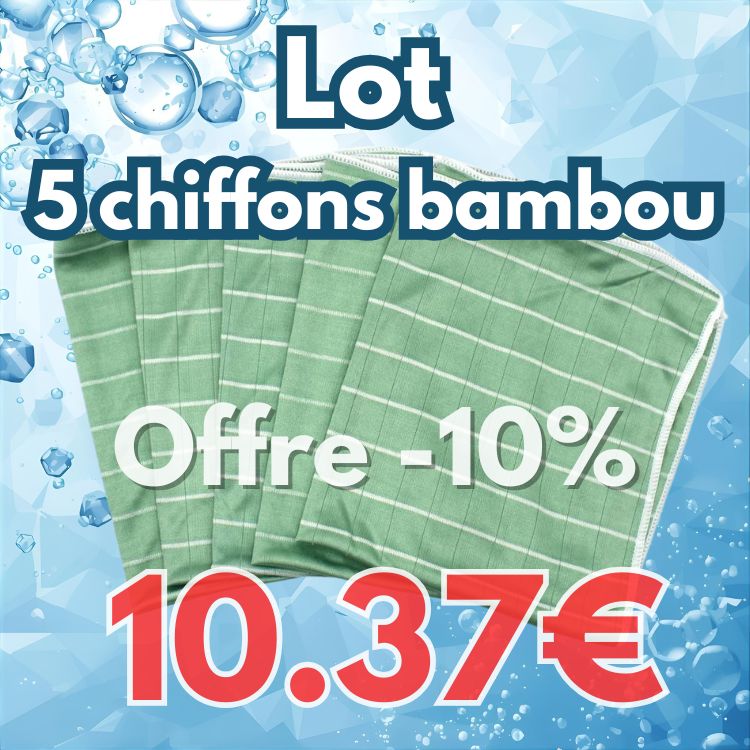

By IBC Tote Tanks 05/19/2025 10:56:40
Fantastic resource! The correlation table really helps simplify choosing the right fitting threads for various applications. Thanks for sharing such detailed info.